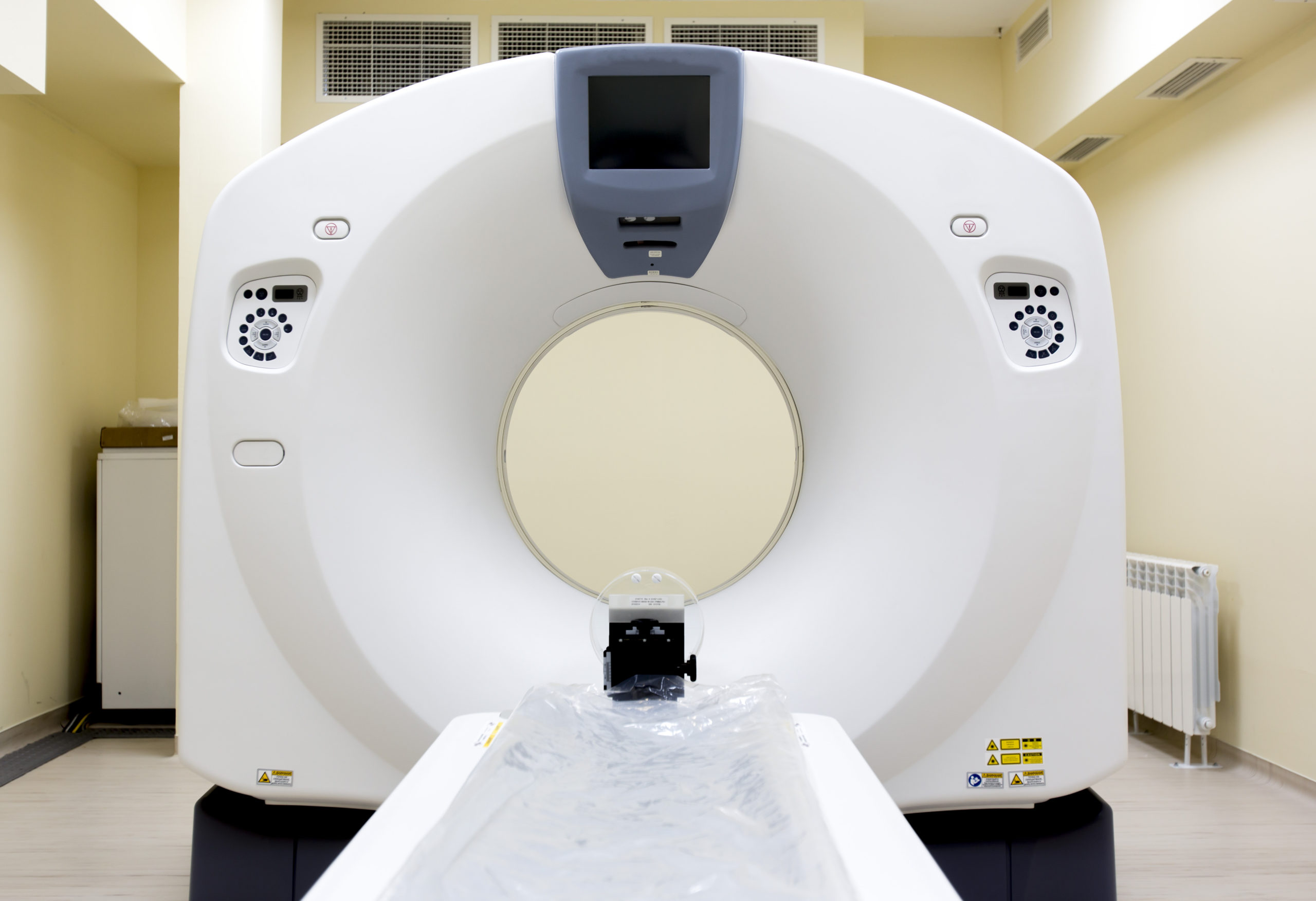
In an article in Prostate Cancer and Prostatic Diseases, investigators evaluated the incremental diagnostic value of 18F-DCFPyL, an imaging agent, in dual-phase PET/CT imaging in patients with prostate cancer (PC). According to the co-primary investigators, Aijuan Tian, Runlong Lin, and Jing Yu, “uptake of 18F-DCFPyL increased over time in prostate-associated malignant lesions compared with benign tissue.”
Specifically, to guide PET/CT imaging with 18F-DCFPyL, the researchers added that the “2-hour (delayed) imaging has better diagnostic performance” for one-time PET/CT imaging; “However, the dual-phase imaging (1 and 2h) is helpful in the differential diagnosis of prostate-associated malignant lesions and benign lesions,” they noted.
Retrospective Analysis Design
This retrospective analysis was performed on 114 prostate-related malignant lesions and 43 benign lesions in 38 patients with PC. The participants’ maximum standardized uptake value (SUV) for benign and prostate-related malignant lesions were measured at 60 and 120 minutes with PET/CT imaging. The authors also calculated SUV ratios against the max SUV of the left gluteus maximus, which was measured concurrently. These values were used to compare differences in max SUV metrics and SUV ratio between benign and malignant lesions, with both measures’ diagnostic efficacy assessed via a receiver operating curve (ROC) graph.
18F-DCFPyL Findings
According to the article, the max SUV metrics and the SUV ratio of both early and delayed imaging of PC-related malignant lesions were significantly higher than those of benign lesions (p <0.05). The authors reported that, “in terms of individual indicators, the highest accuracy and sensitivity was in the delayed SUV ratio (89.2% and 94.7%),” although the early max SUV measures had the best specificity (93.0%). Additionally, when individual and combined indicators were compared, the delayed SUV ratio maintained the highest diagnostic sensitivity and accuracy, while max early SUV, change in max SUV, and RI value demonstrated the best specificity.
Conclusions
In their closing, the authors highlighted that uptake of 18F-DCFPyL appears to increase over time in prostate-related malignant lesions, leading to delayed PET/CT scanning having a higher diagnostic value. However, they supported the value of multi-phase imaging, noting that it improved differentiating of malignant and benign lesions.
Read more of the latest research at DocWire’s Prostate Cancer Resource Center.







 © 2025 Mashup Media, LLC, a Formedics Property. All Rights Reserved.
© 2025 Mashup Media, LLC, a Formedics Property. All Rights Reserved.